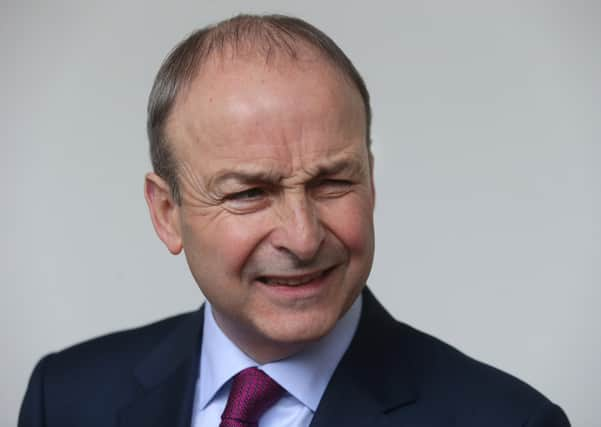Mother and Baby Homes report finds 343 children died in Stranorlar County Home - two Donegal institutions included in report


Details and accounts of The Castle in Newtowncunningham, which operated from 1982 to 2006 and Stranorlar County Home, which operated from 1922 to 1964 were outlined.
The report, which is almost 3,000 pages long, told how 343 children who were in Stranorlar died in infancy or early childhood. The death rate peaked in 1930 with an infant mortality rate of 42% and deaths were also high in the 1940s. Over 60% of deaths were attributed to pneumonia or bronchitis.
Advertisement
Hide AdAdvertisement
Hide AdThere were 1,646 unmarried mothers and 1,777 children at the Stranorlar Home in the time specified, with one quarter of women admitted between 1942 and 1948. The report outlined how conditions there were very poor. It was overcrowded and water and sanitary services were inadequate with only two flush toilets. Most residents had to use outdoor toilets that were described as ‘bad and rather revolting’ and there was no hot water in the operating theatre. The report states how, given these conditions ‘it is not surprising that there were several outbreaks of typhoid.’
“The diet was dominated by bread and tea, but the Minister for Local Government determined that it was too generous and the county home was informed that residents should receive three meals a day not four.”
In 1935 the local medical officer discontinued admissions to the labour ward because it lacked a bathroom and running water. An inspection in the 1940s reported that there were no facilities to bathe children and arrangements for washing and drying clothing were poor. During the day children spent much of their time in a ‘hut’. The first major improvements commenced in 1949. The mothers of older children lived and slept in the main section of the county home and they could only see their children on Sundays; the administration believed that more frequent visits disrupted the routine and upset the children.
A total of 20 women are recorded as transferring from Stranorlar to the Good Shepherd Convent in Derry and most of these women had multiple pregnancies. The report notes how, ‘given that there are only records relating to the exit pathways of 16% of Stranorlar mothers, this is probably an underestimate.’
Advertisement
Hide AdAdvertisement
Hide AdThe Castle was described as ‘not a traditional mother and baby home’ but rather a supported hostel for women and children, designed to give women an opportunity to decide on their future and that of their babies. It saw 329 women and 64 accompanying children between 1982 and 1998.
They were from every part of Ireland, including Northern Ireland. The babies were born in maternity hospitals - the majority in Letterkenny and Altnagelvin in Derry. Sometimes the babies came to the Castle with their mothers but more frequently, they went to St Mura’s in Fahan or to foster parents while their mothers made decisions about their future. Five babies died in the hospitals shortly after birth. It was established, funded and governed by the North Western Health Board (NWHB) and the Catholic dioceses of Raphoe and Derry. The report outlined how the women had individual bedrooms with sufficient space for a child. Eating and living areas were communal, though women could cook if they wished. The women were visited regularly by social workers from the health board and CURA. People came and went as they pleased. Families and boyfriends visited and women frequently went away for weekends.
The overall report found an ‘appalling level of infant mortality’ in mother and baby homes in the South, with 9000 children dying in 18 mother and baby homes between 1922 and 1998. They found there were about 56,000 unmarried mothers and about 57,000 children in the mother and baby homes and county homes investigated by the Commission. The greatest number of admissions was in the 1960s and early 1970s.
“It is likely that there were a further 25,000 unmarried mothers and a larger number of children in the county homes which were not investigated.” The report states how the very high rate of infant mortality (first year of life) in Irish mother and baby homes is probably the most ‘disquieting feature of these institutions.’
Advertisement
Hide AdAdvertisement
Hide Ad“In the years before 1960 mother and baby homes did not save the lives of ‘illegitimate’ children; in fact, they appear to have significantly reduced their prospects of survival. The very high mortality rates were known to local and national authorities at the time and were recorded in official publications.”
An Taoiseach Michael Martin said the report ‘holds up a mirror to aspects of our past which are shameful and difficult, and from present day perspective, often hard to comprehend.’